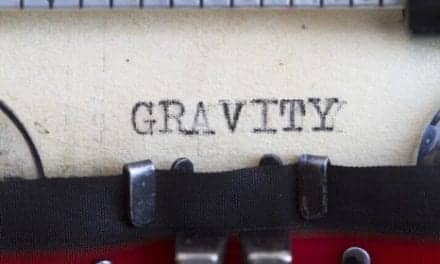Engineers at Oregon State University (OSU) have developed a pulley mechanism designed to improve hand function after surgery. The device, which has been demonstrated and tested in cadaver hands, is one of the first instruments that could improve the transmission of mechanical forces and movement while implanted inside the body, according to a news report from Science Daily. The device, considered by Ravi Balasubramanian, PhD, of OSU, to be passive technology, uses a basic pulley and is implanted in a person’s hand to enable more natural grasping function with less use of muscle energy.
The Science Daily news report indicates that the new research showed how the mechanism developed for this issue would produce more natural and adaptive flexion of the fingers in grasping. The results of the demonstration reveal that the necessary force to close all four fingers around an object was reduced by 45% and the grasp improvement on an object reduced slippage by 52%. Progress such as this may be an important step in improving function beyond the existing surgical procedure as it gives an alternative to the suture, which has been the standard option, according to Science Daily.
The Science Daily news report notes that after continued research, technology such as this may offer new options to people who have lost the use of their hands due to nerve trauma, and ultimately be expanded to improve function of a wide range of damaged joints in the human body. Balasubramanian explains that it may be possible to create limbs or joints that mechanically function as well or better than they did initially.
Balasubramanian states, “This technology is definitely going to work, and it will merge artificial mechanisms with biological hand function. We’ll still need a few years to develop biocompatible materials, coatings to prevent fibrosis, make other needed advances and then test the systems in animals and humans.”
Balasubramanian adds, “But working at first with hands—and then later with other damaged joints such as knees or ankles—we will help people recover the function they’ve lost due to illness or injury.”
Image Appears Courtesy of Oregon State University
[Source: Oregon State University, Science Daily]





